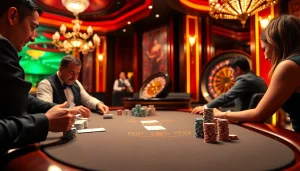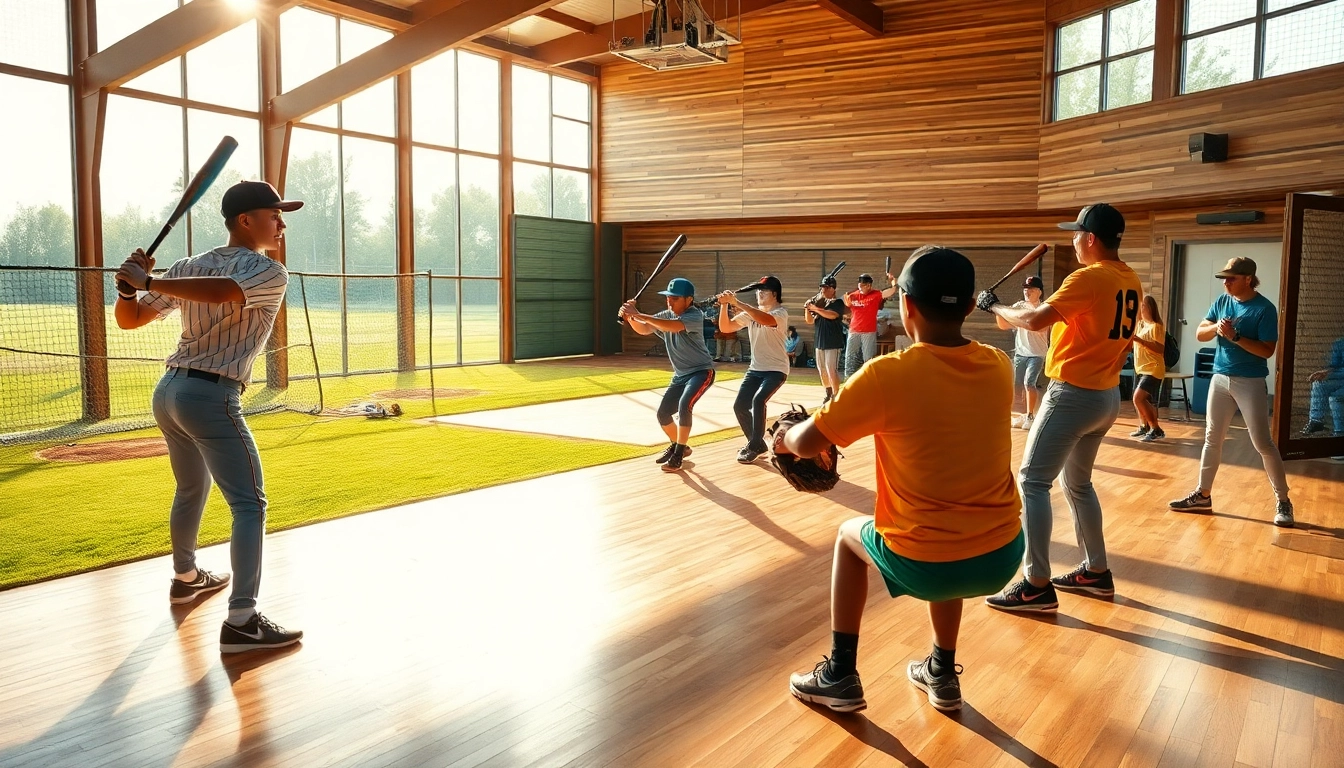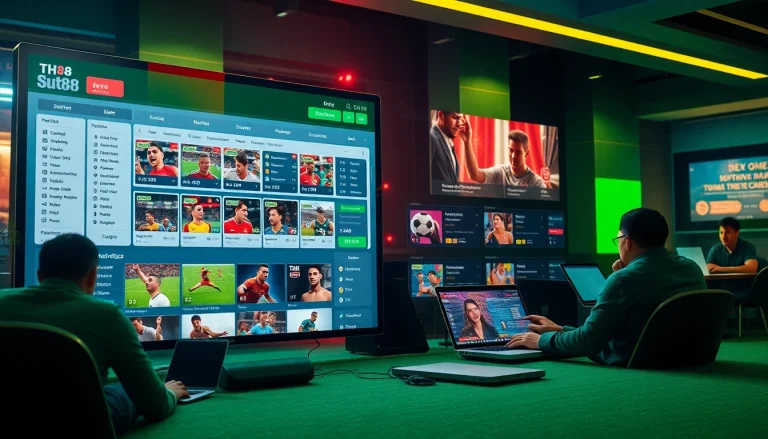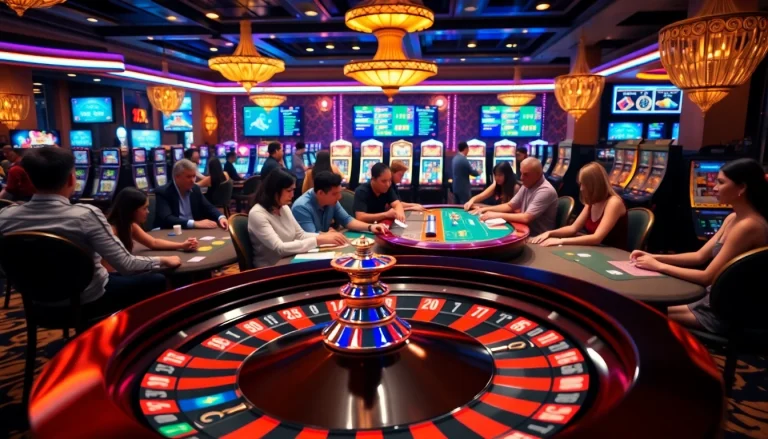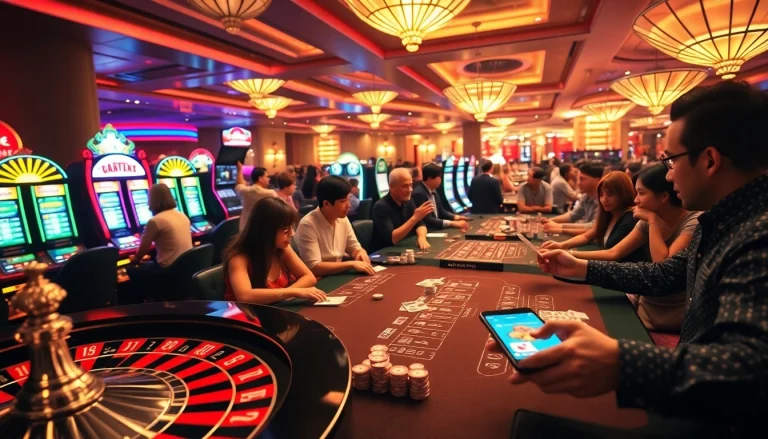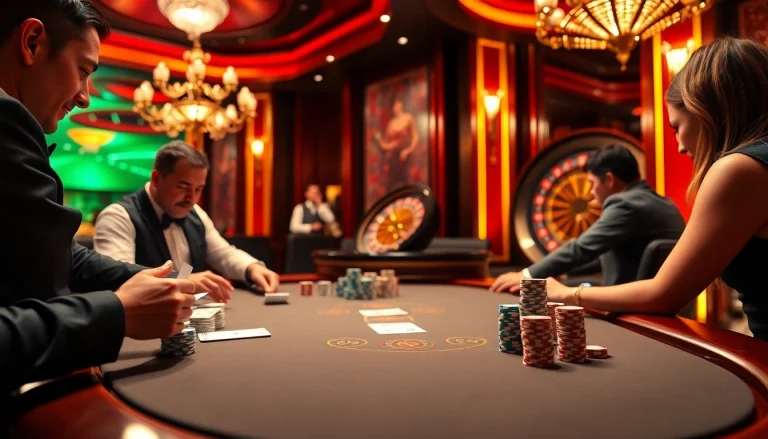What is a Hit Club and Its Purpose?
Hit clubs have become significant in the world of sports, specifically for athletes aiming to improve their performance, particularly in baseball and similar sports. The hit club serves as a structured environment where players can enhance their skills through various training regimens and support systems. Understanding the essence of a hit club involves exploring its definition, historical context, and the goals it pursues.
The Meaning Behind a Hit Club
A hit club is not just a physical space; it embodies a philosophy aimed at cultivating athletic talent and fostering community. This term primarily refers to organizations or facilities dedicated to improving batting skills through specialized training, resources, and guidance from experienced coaches. Members engage in drills, assessments, and gameplay that hone their abilities, enabling them to perform better during actual games.
Origins and Evolution of Hit Clubs
The concept of hit clubs can be traced back to the increasing need for young athletes to receive focused training that traditional sports programs might not provide. Over the past few decades, as baseball has evolved, so too have the methods of training. The rise of indoor training facilities in various regions facilitated the growth of hit clubs, which now offer a range of services, from group training sessions to personalized coaching and advanced analytics.
Key Objectives of a Hit Club
The primary objectives of a hit club include:
- Skill Development: Enhancing batting techniques and overall performance through progressive training methods.
- Player Support: Providing emotional and psychological backing to young athletes during their developmental phases.
- Community Building: Establishing a supportive network that includes players, coaches, and families to create a fun and engaging atmosphere.
Core Elements of a Successful Hit Club
Creating a successful hit club involves several foundational elements that contribute to an enriching training environment. These core components include infrastructure, coaching strategies, and community engagement.
Essential Facilities and Equipment
The backbone of any hit club is its facilities and equipment. A well-equipped training center might feature:
- Batting Cages: To practice swing and technique with varying speed settings.
- HitTrax Systems: Technology for tracking hits and providing data metrics on player performance.
- Training Aids: Tools such as weighted bats and pitching machines to refine skills.
Properly maintained facilities ensure that members can engage in focused training sessions without disruptions.
Training Programs and Coaching Styles
A successful hit club will introduce a variety of training programs tailored to different skill levels. From beginner to advanced, programs should be adaptable and comprehensive, incorporating:
- Fundamental Training: Basic mechanics for young or inexperienced players.
- Advanced Techniques: More strategic and analytical approaches for serious competitors.
Different coaching styles can greatly influence the environment; coaches should foster an encouraging and motivational atmosphere, allowing athletes to thrive.
Building a Strong Community and Culture
A hit club operates best when it fosters a strong sense of community among its members. This can be accomplished by organizing:
- Team Events: Engaging players, parents, and coaches in social activities.
- Regular Competitions: Friendly matches that encourage sportsmanship while measuring progress.
- Parent Engagement Programs: Informing parents and including them in their children’s development.
Establishing a positive culture not only aids in retention but also contributes to each athlete’s personal growth.
Common Challenges Faced by Hit Clubs
While hit clubs have a sound structure and purpose, they are not without their challenges. Addressing these can help clubs sustain momentum and continue benefiting their members.
Retention of Young Athletes
Retention is often a critical issue, particularly as young athletes may lose interest when faced with challenges in improvement or increased competition. Clubs can counteract this by:
- Implementing personalized training tracks that accommodate individual progress.
- Incorporating gamified elements to training to maintain engagement and fun.
- Offering feedback and recognition for progress to motivate players continuously.
Funding and Resource Allocation
Many hit clubs operate on tight budgets, creating challenges in maintaining facilities and equipment. Strategies to enhance funding could include:
- Organizing fundraising events like tournaments or exhibition games.
- Seeking sponsorship from local businesses or partnerships with schools.
- Utilizing membership fees efficiently to ensure the rights allocation of resources.
Competing with Other Sports Programs
As interest in various sports fluctuates, hit clubs must also contend with the competition from other programs. To ensure attractiveness, clubs might consider:
- Offering unique training techniques that integrate modern technology.
- Providing options for multi-sport training that appeal to versatile athletes.
- Creating value through exceptional coaching and development opportunities.
Best Practices for Managing a Hit Club
Successful management is key to the sustainability and growth of hit clubs. By adhering to best practices, clubs can navigate challenges and thrive.
Effective Communication Strategies
Clear and open communication with all stakeholders—coaches, players, and parents—enhances trust and engagement. Clubs should utilize:
- Newsletters to keep members informed about events and progress.
- A dedicated communication platform for fostering real-time interaction.
Engaging Parents and Supporters
Parental involvement can significantly influence an athlete’s experience. Hit clubs can enhance engagement through:
- Workshops that educate parents about their children’s sports journey.
- Involving parents in decision-making processes to foster community.
Utilizing Technology to Enhance Training
Embracing technology can significantly enhance training effectiveness. Integrating tools like video analysis, performance tracking, and data analytics can provide valuable insights into an athlete’s development.
For instance, using video analysis can help players visualize their performance, thus refining their techniques. Similarly, leveraging analytics for performance metrics allows for more tailored training programs.
Measuring the Success of Your Hit Club
Tracking the success and effectiveness of a hit club is essential for ongoing development and improvement. Implementing performance metrics and strategies fosters growth and evolution.
Key Performance Indicators to Track
Identifying and measuring key performance indicators (KPIs) provides objective data regarding the club’s progress. Important KPIs might include:
- Membership retention rates over time.
- Performance improvements of athletes across different metrics.
- Parent and athlete satisfaction measured through surveys.
Feedback and Improvement Strategies
Regular feedback from participants fosters a culture of growth. Conducting evaluations helps identify areas of improvement, ensuring the club remains responsive to its members’ needs.
Engaging in discussions with athletes and coaches likewise surfaces insights on the training structure, allowing for gradual evolution and adaptability.
Celebrating Achievements and Growth
Recognizing and celebrating accomplishments—be it personal milestones or team successes—contributes to morale and encouragement. Establishing awards, organizing events, and showcasing achievements within the community underscores the club’s commitment to nurturing talent.
In conclusion, the concept of a hit club serves an essential role in developing aspiring athletes, particularly in sports like baseball. Through understanding its purpose, core elements, challenges, best practices, and success metrics, clubs can create thriving environments that not only enhance performance but also build lasting communities. By fostering a supportive and well-structured atmosphere, hit clubs can ensure their athletes reach their full potential, achieving both personal and collective success.








